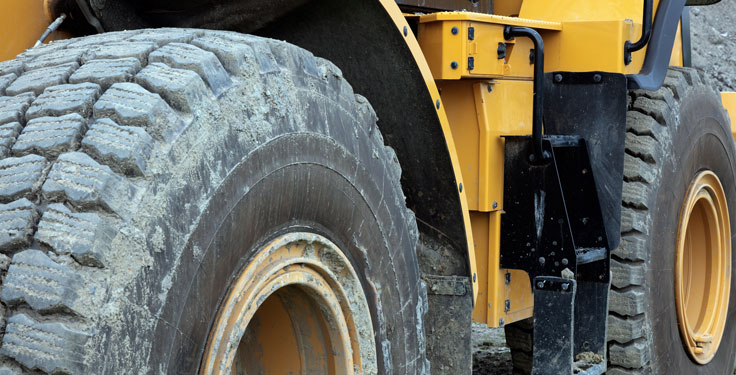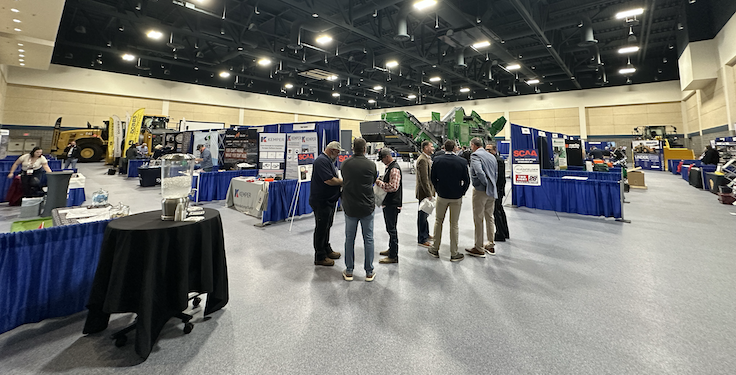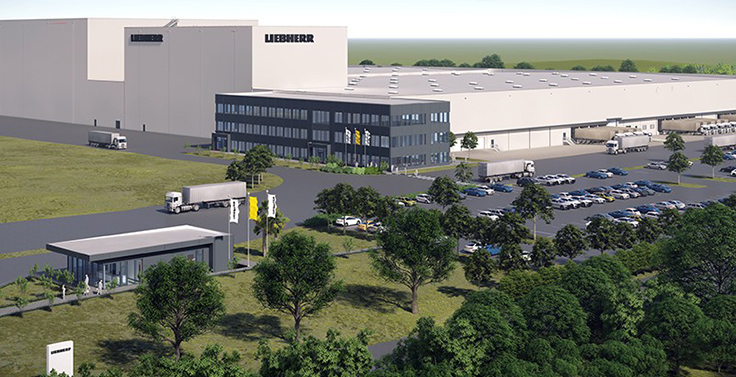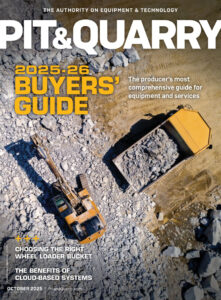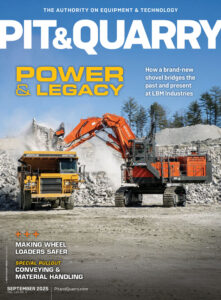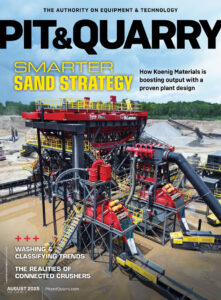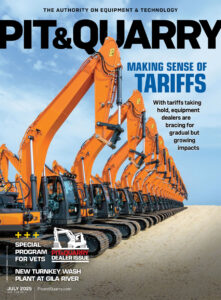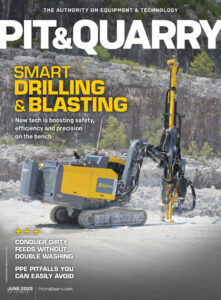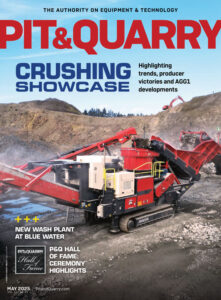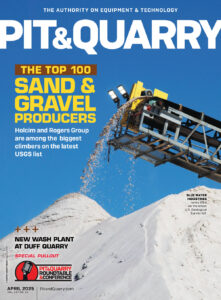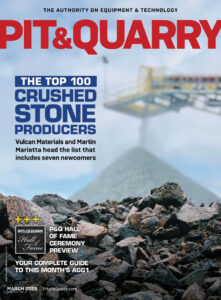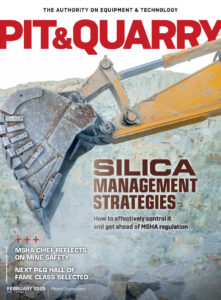
Aggregate operations rely on tires that are specifically designed to carry heavy loads, as well as withstand difficult and high-wearing terrains.
As such, it is fundamental to utilize tires that have the technical features suited for mining operations – tires that stand out for their tread depth, thick sidewall and heavy-duty casing.
To ensure smooth operations, it is important to adhere to proper maintenance and product management practices to ensure tires operate safely and perform well – especially in extreme weather conditions and in complex, challenging environments.
As an example, it is important to constantly monitor tire pressure, as lower temperatures tend to reduce pressure and, consequently, overstress the casing.
Additionally, it is good practice to regularly inspect the tread for its state of wear. Should the tread be excessively damaged, it might compromise traction and, thus, operational efficiency, increasing the risk of damage and accidents.
Removing debris or residue after operations is another crucial practice to avoid damaged tires. Similarly, it’s important to check that sidewalls are free of cracks or cuts.
Finally, proper tire storage at a controlled temperature – away from light and correctly positioned – are other measures that can positively affect the product life cycle and a tire’s operating performance.
If regularly observed, these measures can provide significant benefits in terms of durability and reliability, optimizing safety and efficiency. They can have a positive impact on total operating costs, too.
Related: How to avoid costly tire repairs come spring
Piero Torassa is OTR field engineering manager at BKT Europe.

